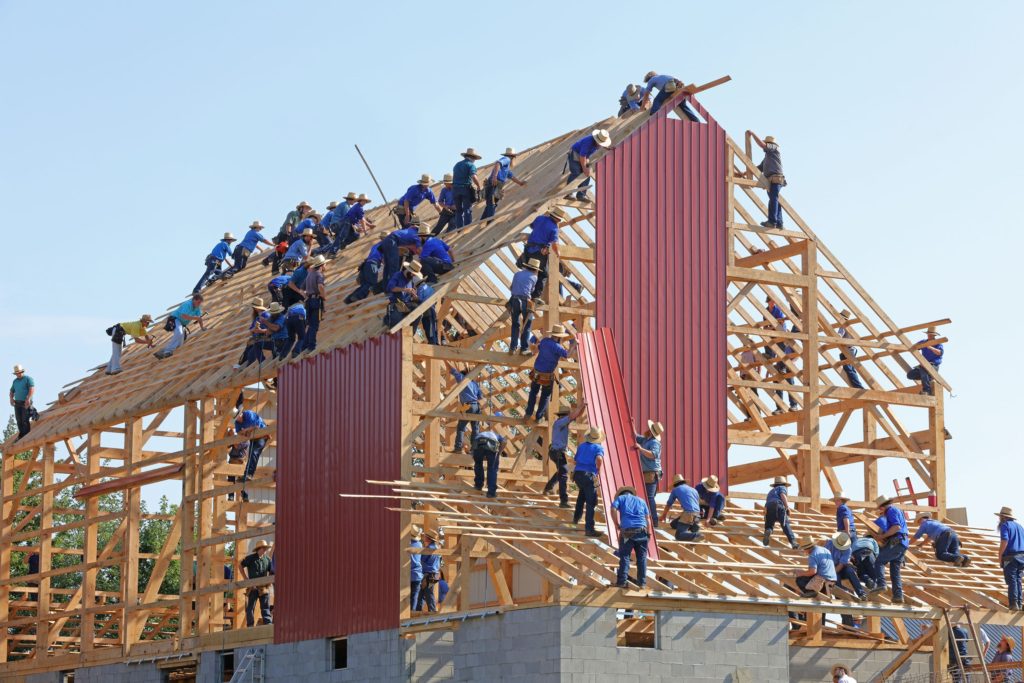
We just finished interviewing two highly qualified, wise, and hard working people. They had amazing work histories that complemented the job they had applied for and had great references. After meeting with the candidates our interview team said the same thing: “Great people. They have great qualities. They are just not the right fit.”
What is “fit”? It’s includes a person’s training. It includes their credentials. It includes their experience. But it is also more than the things that go on a resume. Fit includes aspects of personality. It includes relationship skills. It includes a person’s preferred style of conflict resolution, problem solving, and communication. It includes the capacity to work independently and as a member of a team. It encompasses a person’s short term and long term career goals. It involves expectations of work hours or schedule. The list of what makes up “fit” could go on and on.
How is an organization supposed to uncover these aspects of an interviewee? The reality is that you can’t really know what type of an employee someone will be until they work with you. You can, however, take steps in the hiring process to increase the odds of finding out whether or not the interviewee would be a good match. The leadership team at the agency I work for has come up with a process that helps us narrow down new hires to people who have a better chance of being a good fit in our organization. The process includes,
- Identify the characteristics of an employee who would be a “good fit.” Assess the team members you have who are successful and try to define the personality traits, soft skills, relationship style, cognitive abilities, and other attributes that help them do well.
- Involve team members in the interview. This does three things. First it empowers the team members and sends the message that their opinion is very important to the organization. Second, it taps into their expertise. The current team is often the best people to determine if someone will fit. Finally it gives the team ownership in the hire and can motivate them to foster the success of the new employee.
- Use real life scenarios as part of the interview. Scenarios help to get a sense of the interviewee’s problem solving, triaging, and organizing skills. It also gives you a sense of whether or not their experience translates into practical wisdom for the job.
- Run the name past any team members who used to work with the potential hire. Your team members are invested in having good co-workers and will usually be very honest about their past experience with someone who is a potential hire.
- Never hire the person with “the least bad interview.” By this I mean, you are in a situation where you don’t feel really good about any of the interviewees but because you feel pressure to fill a spot so you choose the person who was the least bad at the interview.
- Never allow the administration to make a decision to hire someone while not having the full by-in of the primary supervisor. The direct supervisor is the team member who is going to have to live most closely with the new hire. For the supervisor’s morale and to give the new hire the best chance of success make sure the direct supervisor is okay with the hire.
- Ask the interviewee for references that were former supervisors or team members. Try to get a minimum of three. The more work history the reference has with the potential hire the better chance you have of getting robust answers to reference questions.
- Do an informal online audit of the potential hire. Google their name. Check on social media to see if they have any posts that reveal their work habits.
- If you still are not sure about someone have a second interview and include more team members.
I hope this short list gives you some ideas to help improve your method of finding team members who are a good fit. It takes longer to get through the hiring process this way but in the long run builds a strong team and in-turn a stronger organization.